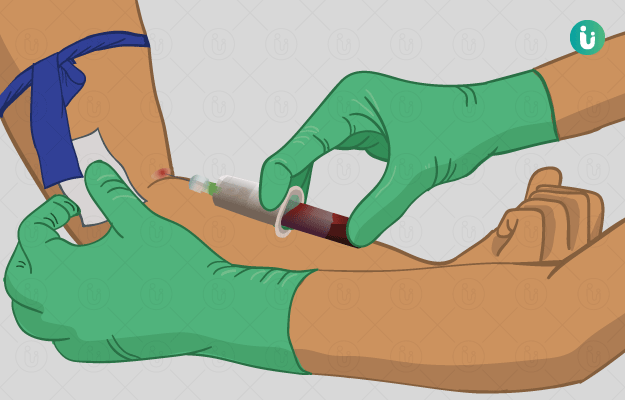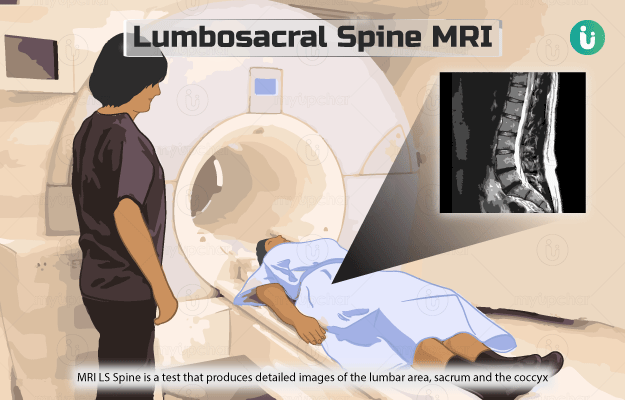What is a Haemoglobin test?
Red blood cells (RBCs) contain a protein haemoglobin, which imparts a red colour to blood and transports oxygen. Haemoglobin test is a laboratory test that measures the concentration of haemoglobin in blood cells. This test is often done as part of complete blood count and haematocrit tests. Hence, measuring haemoglobin concentration helps estimate the oxygen-carrying capacity of blood. Lower than normal values of haemoglobin suggest an anaemic condition. However, in rural areas or during blood donation, it is particularly easier to use a portable haemoglobin measurement device. There are many methods to determine haemoglobin concentration in blood. Nowadays, an automated haematology analyser is commonly employed in clinical pathology laboratories. The World Health Organisation (WHO) also recommends a haemoglobin colour scale test; however, it does not provide accurate results.






























